For the most efficient use of the garden area, some vegetable growers plant onions together with other crops in the same bed. Such a neighborhood is not always successful. If vegetables are good for each other, co-placement creates good conditions for onion growth. It protects another culture from disease and pest attacks. Otherwise, neighbors harm each other, quickly deplete the soil, drown out growth.
Content
Features of growing onions
Typically, growers grow onion sets. He tolerates the vagaries of the weather well, is able to give a good harvest at temperatures from +16 to +18 degrees. For seed germination, warming the soil to +5 degrees is enough. The vegetable is resistant to bacterial and fungal infections. Only the onion fly is dangerous to him. The turnip quickly matures. Caring for a plant is not complicated, does not require much time and effort.
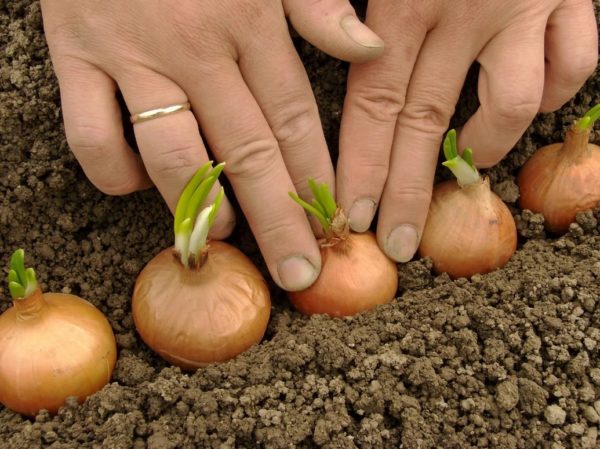 The place for planting sevka is chosen in an open, well-lit area. The soil should be nutritious and loose with a minimum content of calcareous components. If the soil is acidic, it is useful to add wood ash to it. It improves the absorption of nutrients.
The place for planting sevka is chosen in an open, well-lit area. The soil should be nutritious and loose with a minimum content of calcareous components. If the soil is acidic, it is useful to add wood ash to it. It improves the absorption of nutrients.
Onion turnip does not need much moisture to ripen quickly. Therefore, it is preferable to arrange the bed in a high place so that the groundwater does not come close to the surface. At the initial stage of development, the sprouts can drown out weeds. Therefore, you need to regularly weed the beds from weeds.
Land for planting is selected taking into account the requirements of crop rotation. As a precursor, cultures are selected that leave behind a soil saturated with useful elements. Soil with such qualities is obtained after planting cabbage, zucchini or pumpkin.
A vegetable grows well if it is fertilized with humus or mineral complexes with a high nitrogen content before planting. After a month, fertilizing with potash and phosphorus fertilizers will be appropriate. It is useful to protect against diseases. planting bulbs in the ground treat them with a pinkish solution of potassium permanganate, and add a little wood ash to the furrows.
Useful neighbors for onions
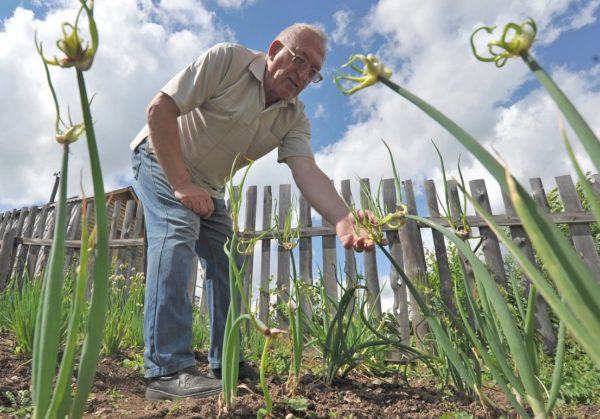 When co-cultivated, sowing needs favorable neighbors that can provide it with useful trace elements. It feels good with many plants, sometimes it becomes for them a good defender from pests.
When co-cultivated, sowing needs favorable neighbors that can provide it with useful trace elements. It feels good with many plants, sometimes it becomes for them a good defender from pests.
It will be successful to plant carrots on the same bed with onions. Plants provide each other with mutual support, provide nutrients, protect against pests. Additionally, garlic can be planted on an adjacent bed. It also interacts well with these vegetables. But they cannot be placed on the same bed.
These crops need the same beneficial elements and love moisture. As a result, such a neighborhood leads to rapid depletion of the soil and mutual competition. This greatly reduces productivity.
Beetroot feels good next to the bulbs. Root crops grow large and ripen faster.
The tall green arrows of the onion obscure the beet sprouts and protect against direct sunlight. In such conditions, the sprouts quickly strengthen and begin to grow actively.
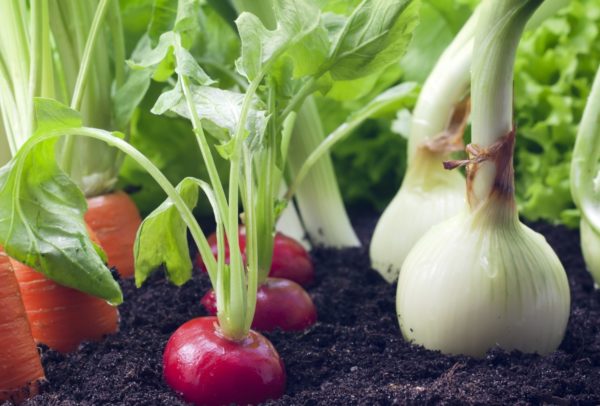 A vegetable feels well if broccoli or kohlrabi are placed on an adjacent bed. These members of the Cruciferous family love well-moistened soil. Onions also need a lot of water. But to plant them together is not recommended, so that they do not obscure each other.
A vegetable feels well if broccoli or kohlrabi are placed on an adjacent bed. These members of the Cruciferous family love well-moistened soil. Onions also need a lot of water. But to plant them together is not recommended, so that they do not obscure each other.
Under the protection of onions turnips, radishes and tomatoes grow well. With its smell, sevok drives pests away from them. Especially do not like the onion flavor of earthen fleas and aphids. Nearby you can plant dill. These plants feel good together and improve each other's characteristics.
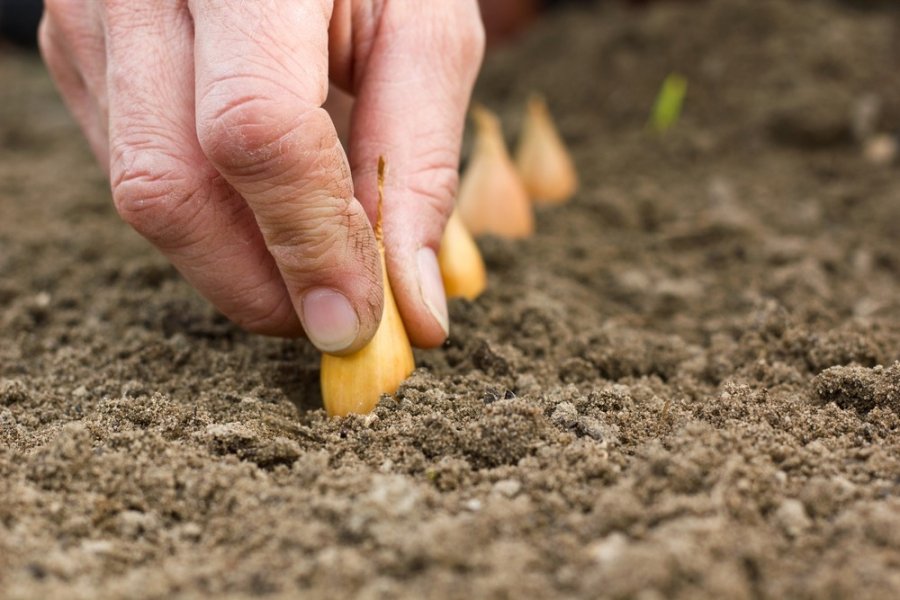 You may be interested in:
You may be interested in:Strawberry grows well next to bulbs. The vegetable protects the berry culture from the development of rot and pest attacks. Plants saturate each other with beneficial substances. But in such a neighborhood, watering should be limited in order to avoid the development of infections.
Neutral proximity to the bow
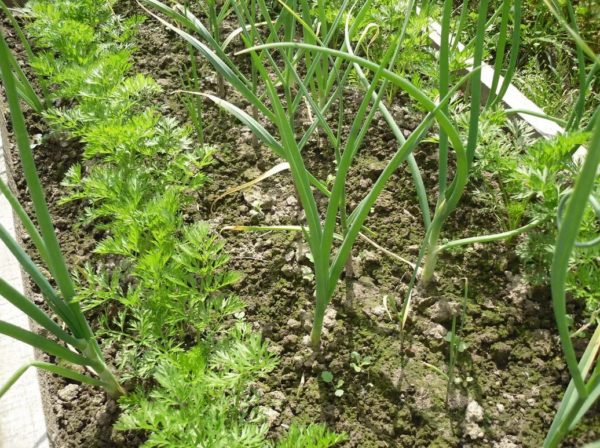 When co-growing vegetables with some crops, there is no beneficial interaction. But such placement does not harm the bulbs in any way. Therefore, if necessary, they can be planted together.
When co-growing vegetables with some crops, there is no beneficial interaction. But such placement does not harm the bulbs in any way. Therefore, if necessary, they can be planted together.
Neutral neighbors for onions will be:
- Zucchini, which has much in common with onion sets. At a consistently high daytime temperature, they tolerate a slight cooling at night. Both cultures do not need careful care. Enough moderate watering and regular weeding.
- Parsley and cilantro do not interfere with the growth of the vegetable. They need a little nitrogen. Therefore, bulbs do not suffer from a lack of this element. In turn, onions drive insects away from greenery.
- Co-cultivation with salad does not bring any benefits, but it does not harm. Fragrant onion drives away aphids. But with this placement, it is necessary to ensure that the lettuce leaves do not grow and do not obscure the neighbor.
Unwanted neighbors
In addition to a neutral or positive neighborhood, there are plants that are not desirable to be placed on the same bed with onions or in the neighborhood. It is not necessary to plant white cabbage with bulbs. Although the aroma of a vegetable drives away pests and protects plants, such a neighbor is harmful to onions. With its large leaves, cabbage obscures the green feathers, depriving them of the necessary sunlight and conditions for normal growth.
The cultivation of beans, beans and peas, together with sevk or on neighboring beds does not bring any benefits and even harms. Legumes give a lot of growth, weave a whole carpet from young shoots. By this they deprive the bulbs of light and stifle seedlings.
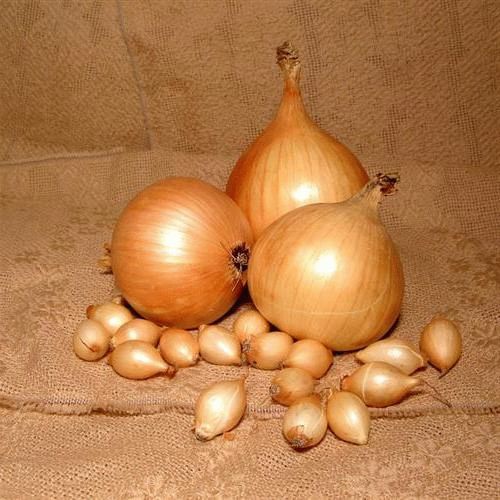 You may be interested in:
You may be interested in:With the rest of the vegetables and berries, the sevka feels good. The vegetable is unpretentious, does not require careful maintenance and successfully gets along with other plants. Many of them can be placed on the same bed with a bow or on adjacent ones.

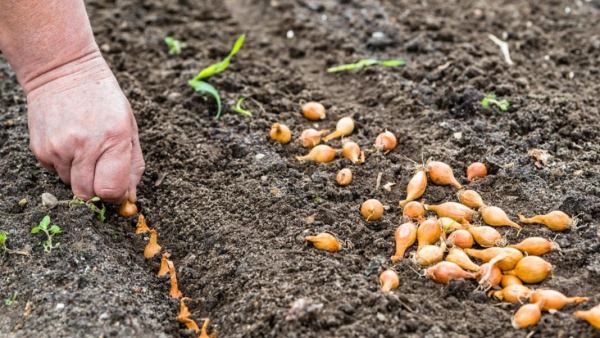
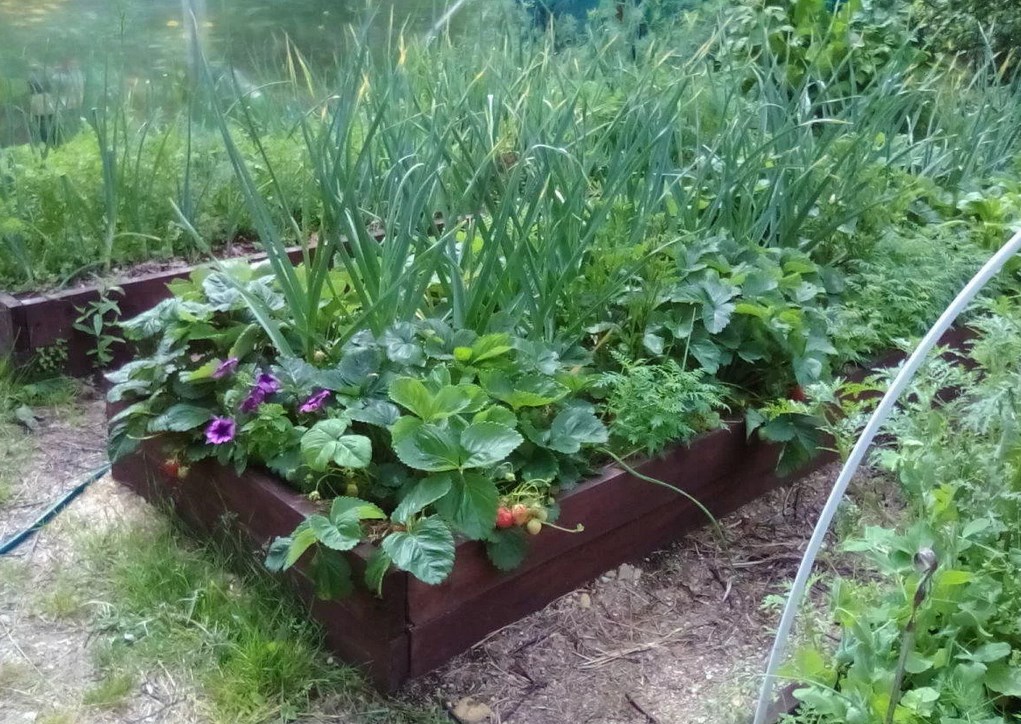
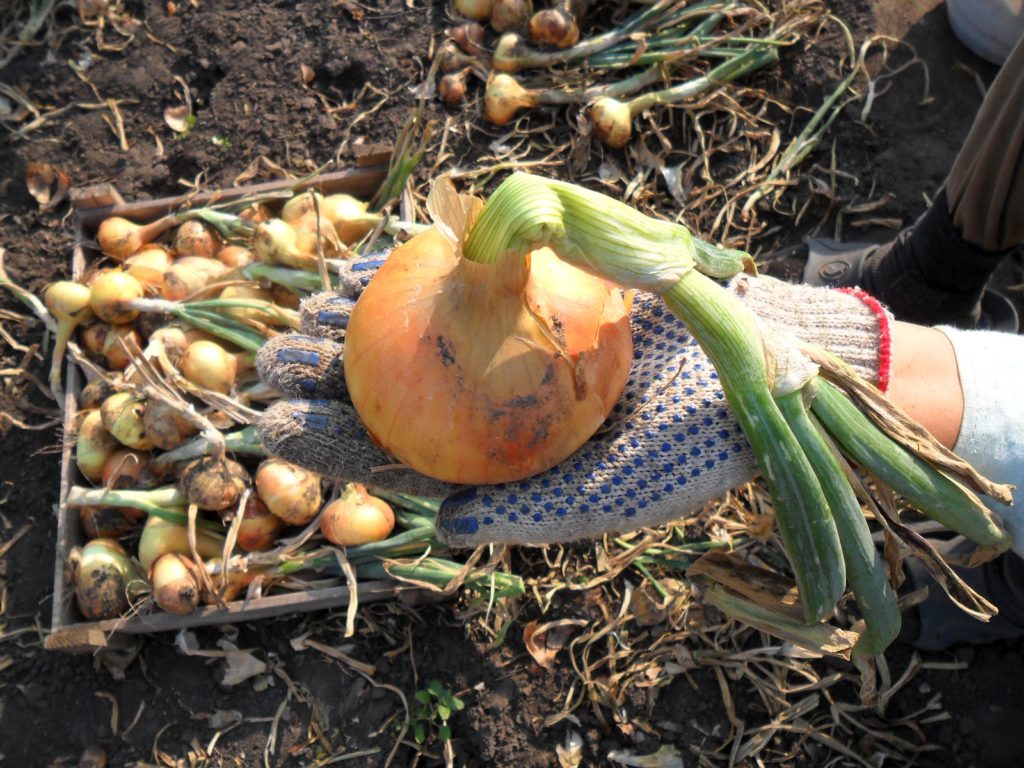
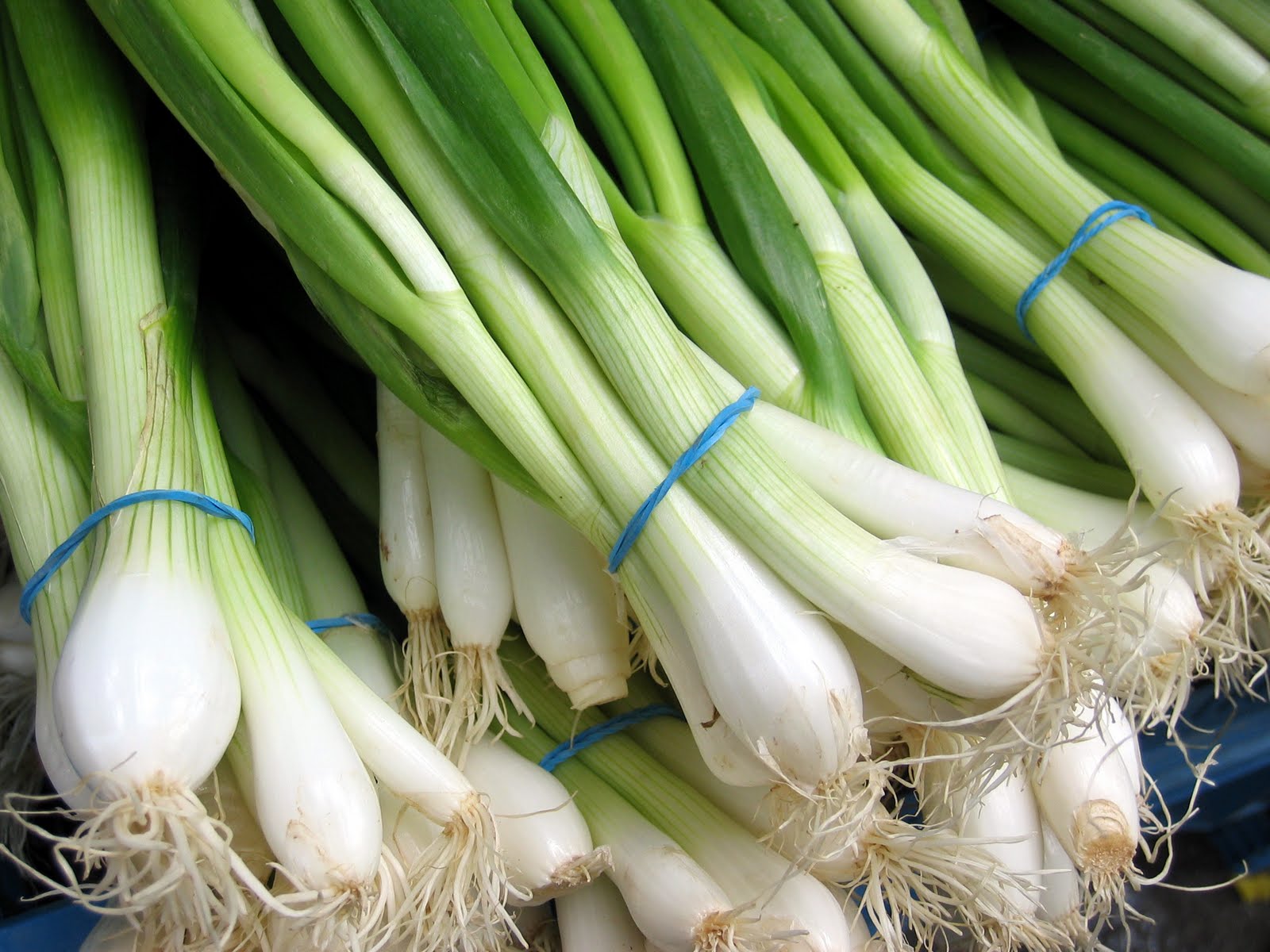 Growing onions on a feather in a greenhouse in winter
Growing onions on a feather in a greenhouse in winter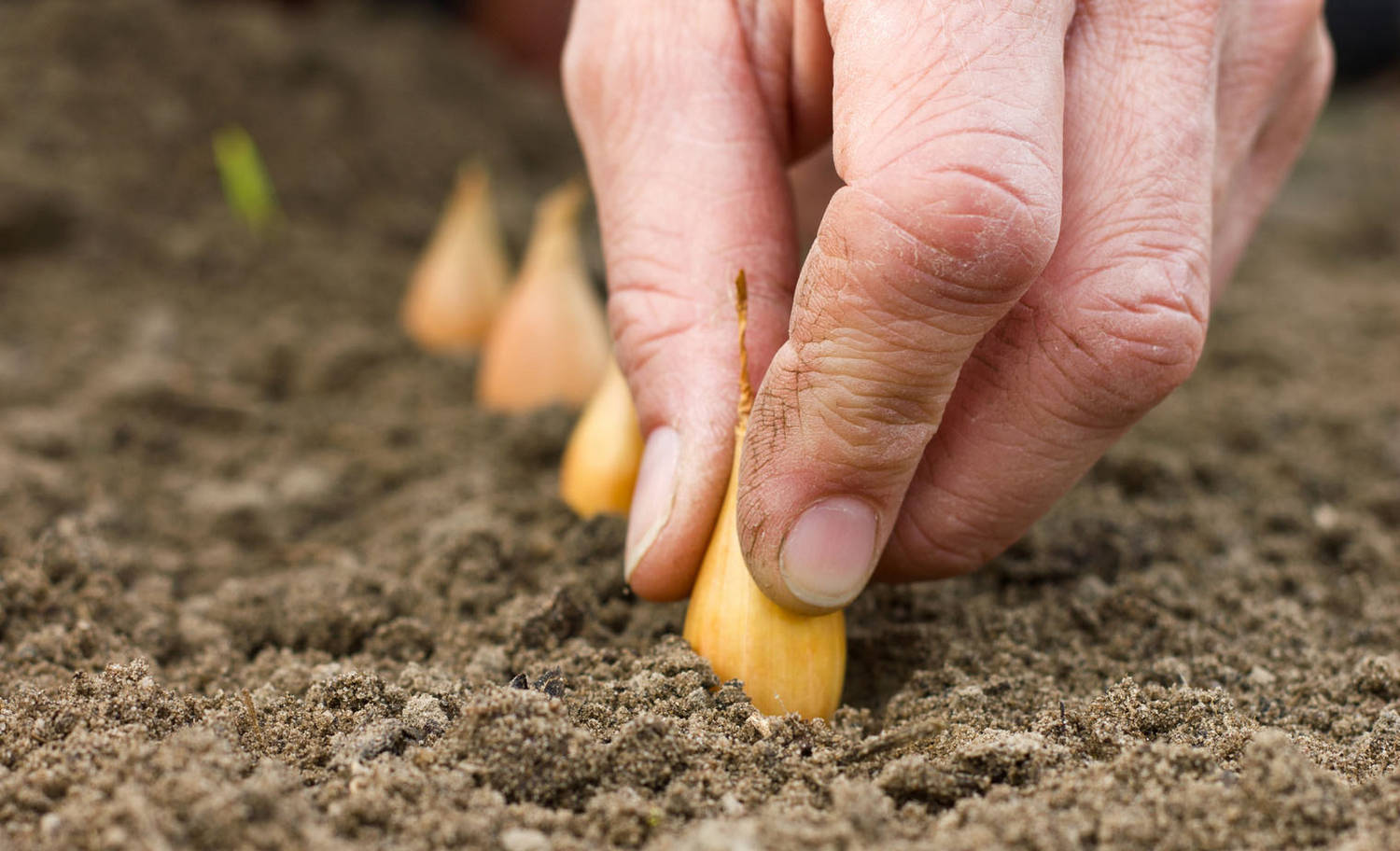 Planting onions in winter in the open ground
Planting onions in winter in the open ground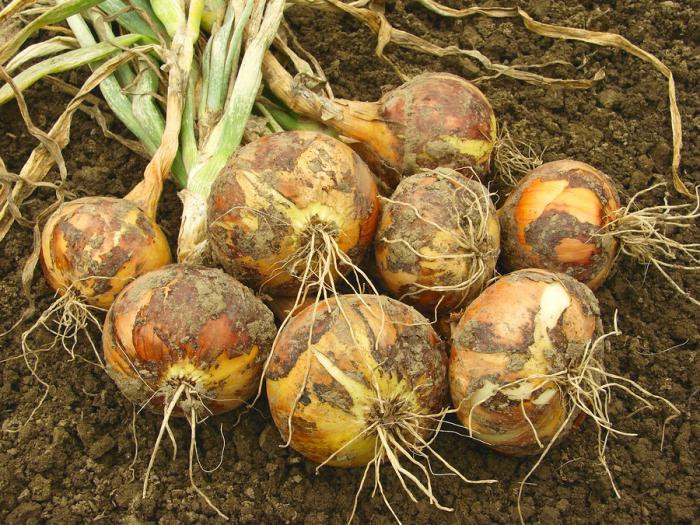 How to feed onions so that the bulbs beat large
How to feed onions so that the bulbs beat large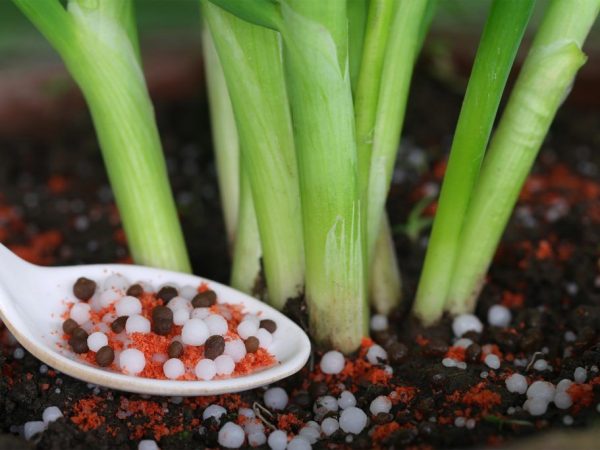 How to feed onions in spring and summer to get a good harvest?
How to feed onions in spring and summer to get a good harvest?